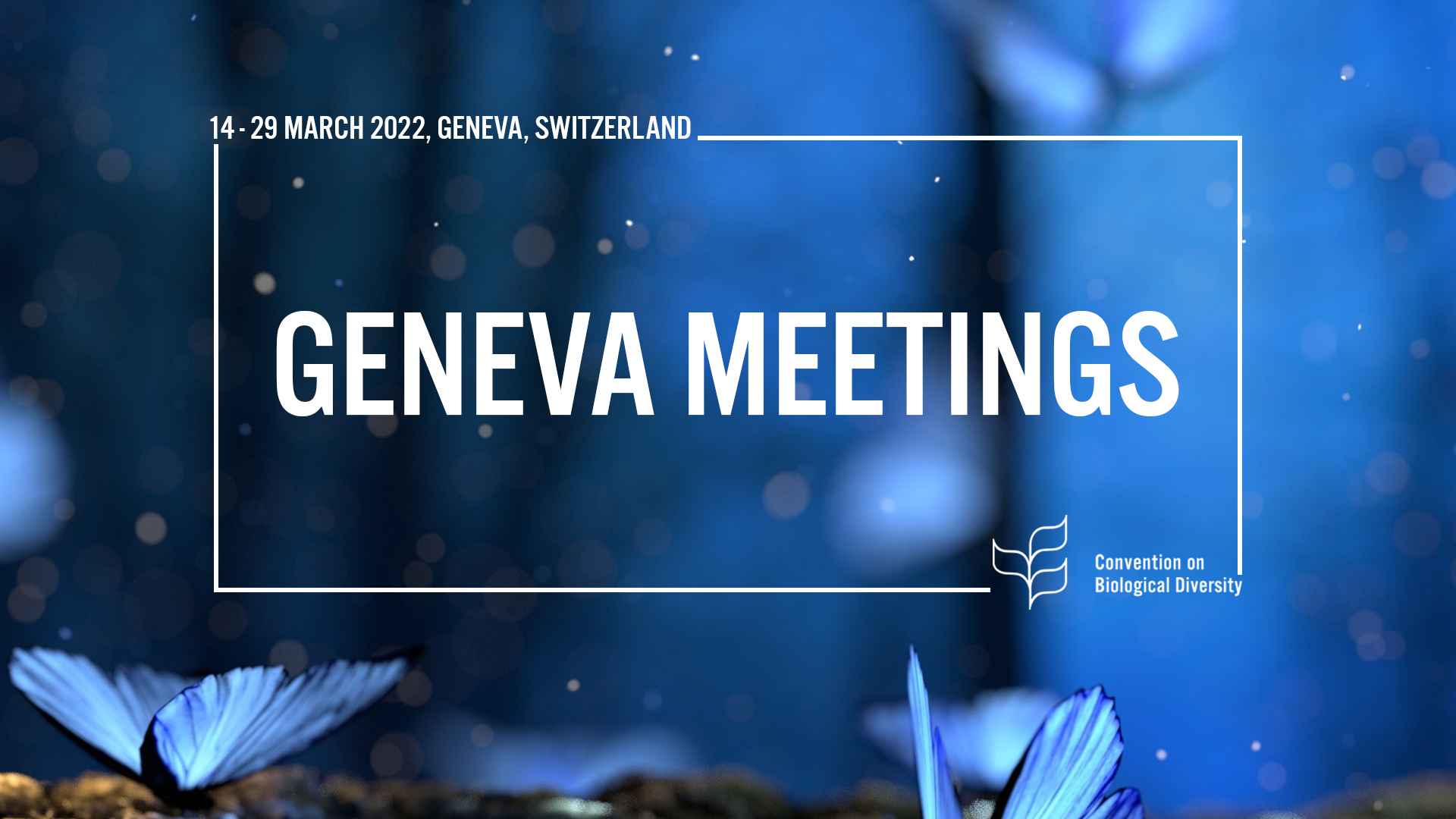By Carolina Torres Trueba, Island Conservation
The resumed sessions of the Convention on Biological Diversity (CBD) in Geneva came to a successful conclusion on March 29. The meeting convened three bodies: the Subsidiary Body on Scientific, Technical And Technological Advice (SBSTTA-24), the Subsidiary Body on Implementation (SBI-3) and the Open-Ended Working Group on the Post-2020 Global Biodiversity Framework (WG2020-3). Discussions focused mainly on issues related to the Post-2020 Global Biodiversity Framework (GBF). Once adopted, the GBF will provide a global strategy with which Parties to the Convention can draw up their own national agendas for biodiversity and conservation.

Negotiations progressed slowly, and Parties will meet again before COP15 for another round of discussions in Nairobi from June 21-26. However, the Framework’s current draft already presents significant improvements. Although Parties still need to reach a consensus on most of the additional text, this currently includes suggestions for recognizing the importance of innovation and scientific research regarding conservation and health.
As an environmentalist and a member of the Island Conservation team, it is a relief to see that the additional text on Target 6 concerning invasive alien species (IAS) singles out islands as priority sites. Islands are biodiversity hotspots and are at high risk from the destruction caused by invasive alien species (IAS). In addition, the current suggested language mentions the need for new tools to control these species. New approaches to manage IAS challenges are vital for the protection of threatened ecosystems, as existing tools are cost-intensive and limited in scope and scale.
Other new text suggestions also indicate that several Parties openly recognize that science is not simply a tool for observation, but also has the potential to provide the solutions needed to tackle the current conservation crisis. For instance, prior to the negotiations, language on Target 17 of the First Draft of the Framework mentioned only the potential adverse impacts of biotechnology on biodiversity and human health. The language currently suggested (and still under discussion) also considers the potential benefits of biotechnology. This is a step in the right direction, as it gives room for a balanced debate on the topic and allows countries to make a fair assessment of the best tools to employ in order to restore threatened ecosystems.
Target 19.2 is also evolving positively, with the text shifting from a lack of recognition of the importance of scientific research and innovation for conservation to include a focus on the value of capacity building, technology transfer, as well as innovation (including joint technology development and scientific research). If adopted, it is hoped the revised text will encourage further research and innovation to implement the Framework and its ambitious goals.
I am happy to see the updated Framework sets a more positive tone and enabling environment for innovation and the development of new tools for conservation. CBD decisions are binding to the Parties of the Convention and the Framework will serve as a point of reference for national implementing authorities to tackle conservation challenges going forward. As the rate of biodiversity loss accelerates, and the sixth mass extinction looms, we need to scale up our conservation toolbox. If proven safe and effective, innovative tools such as gene drive approaches could be used alongside current tools to reverse biodiversity loss and scale up conservation efforts.
The GBF will undergo a further round of discussions before COP15 takes place later this year in Kunming China. I look forward to seeing the new and additional text agreed and adopted by the Parties in the upcoming meetings.
Recent posts
